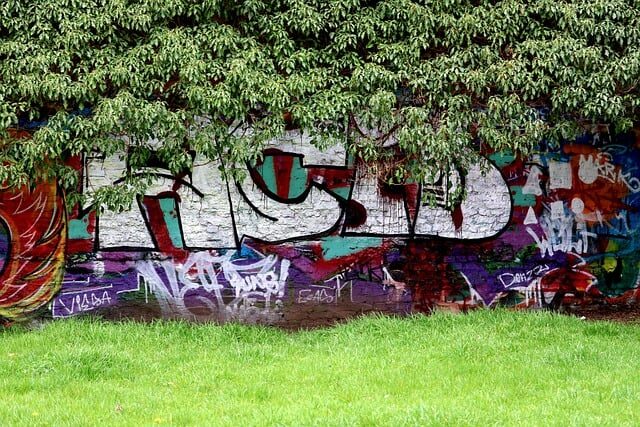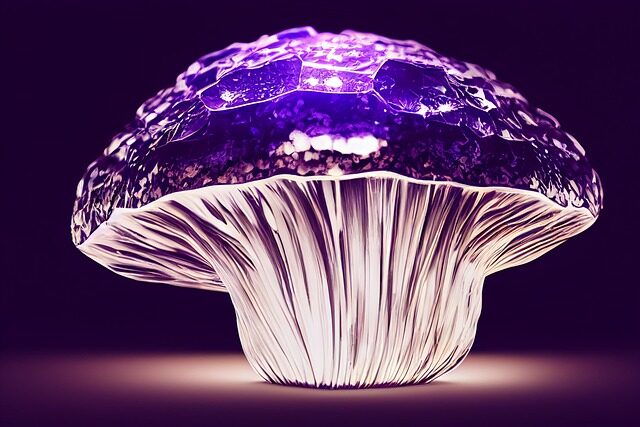Post-War Art in the Nordic Countries
The Nordic region emerged from the ashes of war with a renewed sense of artistic expression. Post-war art in this part of the world encapsulates a period of intense creativity and innovation, reflecting the unique social and cultural dynamics of the time.
What Is Post-War Art in the Nordic Countries?
———————————————————
The term «post-war art in the Nordic countries» refers to the artistic movements that arose in Sweden, Denmark, Norway, Finland, and Iceland following World War II. This era was characterized by a commitment to socially engaged art, a blend of traditional aesthetics with modernist ideas, and the emergence of new materials and techniques.
The influence of international art trends such as abstract expressionism and pop art were adapted to Nordic sensibilities, resulting in a distinct style that respected both heritage and contemporary innovation.
How Did Functionalism Influence Nordic Architecture After the War?
————————————————————————-
Functionalism played a pivotal role in shaping Nordic architecture after the war. This movement emphasized the idea that buildings should be designed based solely on their intended function, which often resulted in simple, geometric forms and a lack of ornamentation.
Architects like Alvar Aalto and Arne Jacobsen became renowned for their functionalist approach, creating designs that were both practical and aesthetically pleasing. This philosophy also paved the way for modern Scandinavian design, which remains influential to this day.

What Are the Key Characteristics of Nordic Modernism?
———————————————————
Nordic modernism in art and architecture is distinguished by several key characteristics. These include a close relationship with nature, the use of light and space, and the integration of form and function. There was also a focus on minimalism, use of new materials, and innovative construction techniques.
This movement was a response to the region’s cultural heritage, as well as an adaptation to its climatic conditions. Art and architecture became means for social and political commentary, with artists and architects becoming active participants in shaping the post-war society.
Who Were the Influential Artists in Nordic Post-War Art?
—————————————————————
The post-war era in the Nordic countries saw a number of influential artists who helped define the era’s aesthetic. Edvard Munch, known for his emotionally charged paintings, continued to influence Nordic art with his expressionistic approach.

Gunnar Asplund and Tania Ørum were also significant figures, contributing to the evolution of modernist architecture and literature. Many artists from this period were engaged in cross-disciplinary collaborations, blurring the lines between traditional categories of art.
What Role Did the Avant-Garde Play in the Nordic Art Scene?
—————————————————————
The avant-garde movements in the Nordic countries were instrumental in challenging conventional artistic norms and exploring new forms of expression. They introduced experimental techniques and embraced non-traditional materials, contributing to the vibrant and diverse art scene.
These movements were often politically charged, reflecting the desire for social change and the questioning of established power structures. Nordic avant-garde movements created a platform for debates on aesthetics and the function of art in society.
How Did Nordic Art Evolve From the Viking Age to the Present?
——————————————————————–
The evolution of Scandinavian art styles from the Viking Age to present day demonstrates a remarkable journey. Initially characterized by ornamental carvings and motifs, Nordic art eventually embraced modernist principles, while still referencing its historical roots.

This seamless blend of tradition and innovation is a testament to the adaptability and resilience of Nordic artistic expression. The trajectory from runic inscriptions to contemporary installations shows an unbroken line of artistic inquiry and evolution.
What Are the Major Art Movements in the Nordic Countries?
————————————————————–
The major art movements in the Nordic countries reflect a diverse and rich history. From functionalism in art to the contemporary movements, these styles include:
- Functionalism
- Modernism
- Expressionism
- Abstract Art
- Minimalism
Each of these movements contributed to the Nordic countries’ standing as a hub of innovative and influential art and design. They offer a window into the values, challenges, and aspirations of the societies in which they arose.
In summary, the post-war art in the Nordic countries is a fascinating area of study that encompasses a wide range of artistic movements and styles. It paints a picture of a region that has consistently valued artistic expression as a means to reflect and shape society. From the functionalist architecture that prioritized practicality and beauty to the avant-garde movements that pushed the boundaries of traditional art, the Nordic countries have made a lasting impact on the global art scene.


